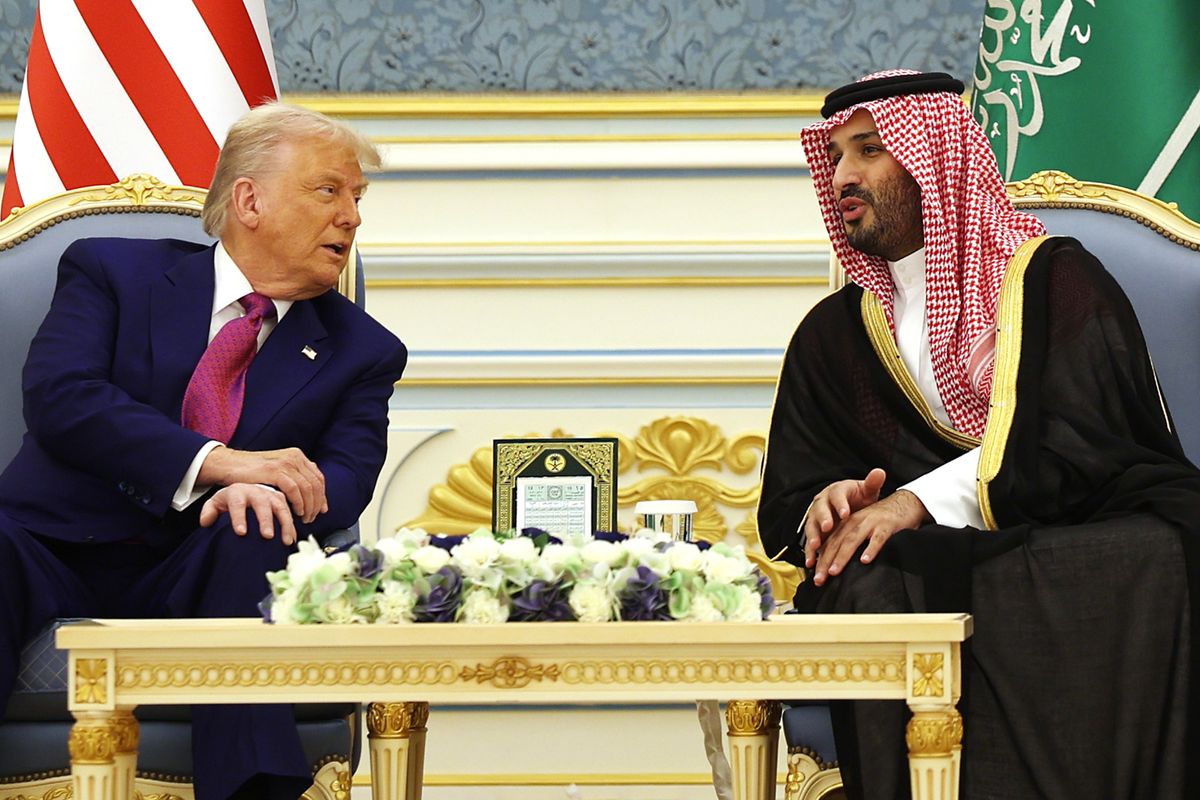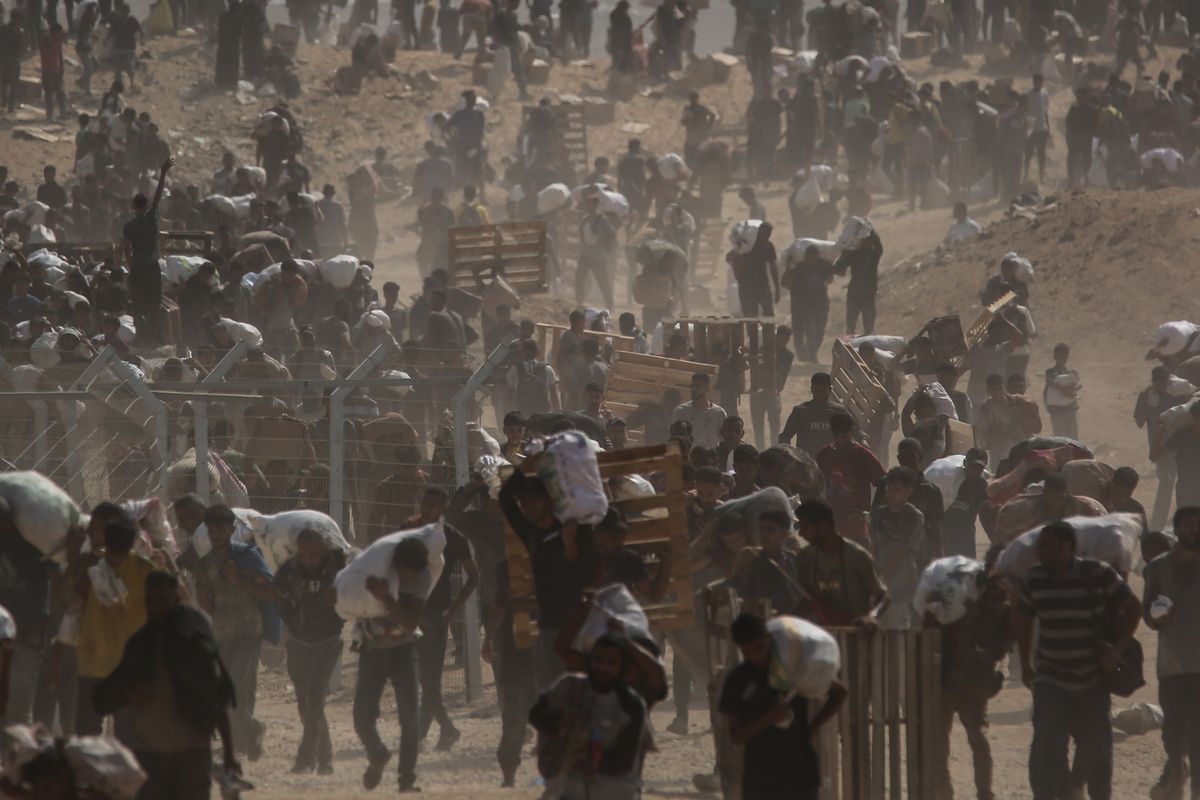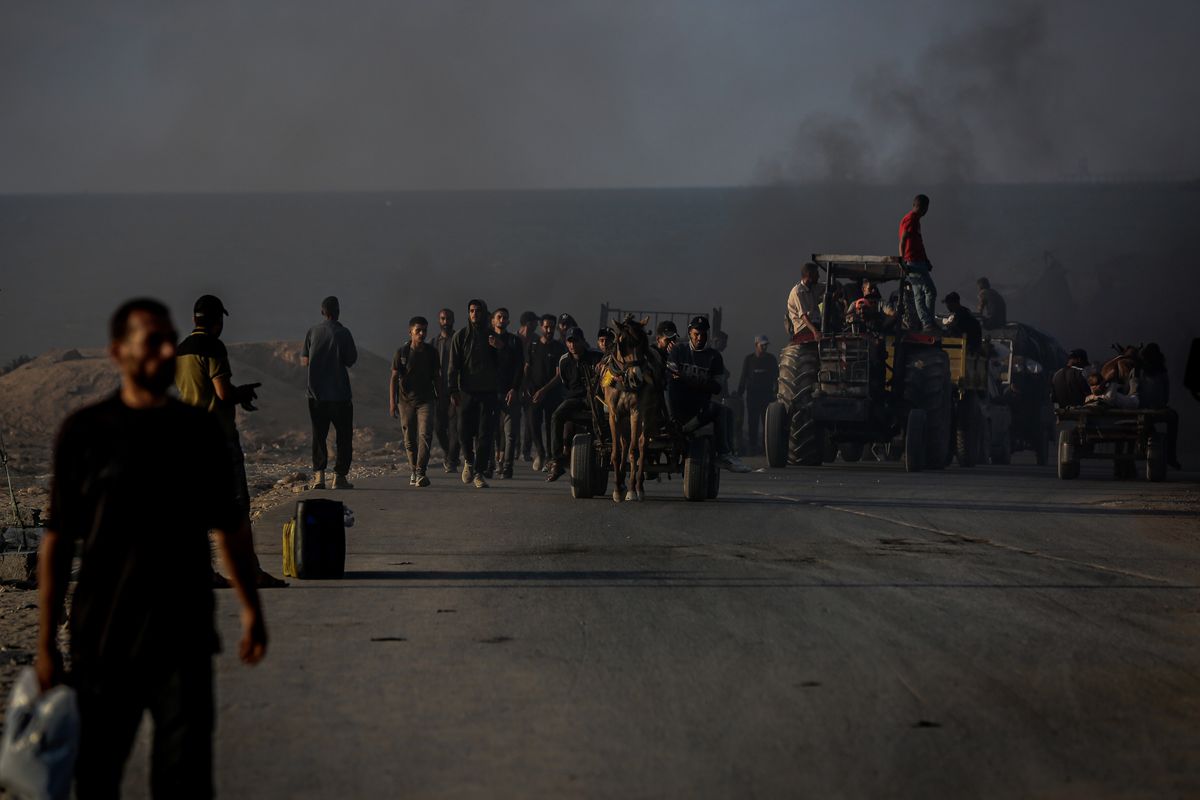Although the sanctions on Iran have been lifted as part of the nuclear deal, former Treasury Department official Adam Smith said the U.S. will continue to impose sanctions on Iran for its terrorist, human rights, and ballistic missile activities. Smith told The Cipher Brief that one of the secondary aims of the nuclear agreement was to draw Iran into the international community in hopes that it realizes the benefits of international engagement.
The Cipher Brief: Can you explain what occurred over the weekend with “Implementation Day” of the Iran Nuclear Agreement (JCPOA)?
Adam Smith: On January 16, 2016 one thing happened that triggered a couple of other things. The catalyst was that the International Atomic Energy Agency (IAEA) signed off on Tehran’s successful completion of its initial nuclear obligations, which were agreed upon in the nuclear deal, the Joint Comprehensive Plan of Action [JCPOA]), that was finalized last July. The moment the IAEA signed off, “Implementation Day” was declared. Under the JCPOA, Implementation Day requires sanctions relief to be given to Iran on behalf of the United Nations, the European Union, and the United States. Numerous sanctions were terminated, eased or otherwise lifted on January 16.
TCB: How will Iran receive its frozen assets?
AS: Regarding Iran’s frozen or held-up funds, most of them are now “open” and free – from a regulatory perspective – to be moved. There will be some structural challenges for Iran to access these funds – some banks may still not wish to work with Iran and the amount of funds (billions of dollars) provides some complexity for Iran in repatriating them as quickly as it may like. Notably, Iran may not receive all of its funds – some of the money is owed to others in terms of debts.
TCB: Did the U.S. impose new sanctions in response to Iran’s missile launches last fall? What was Iran’s response?
AS: They did the day after Implementation Day. The U.S. Treasury’s Office of Foreign Assets Control (OFAC) added eleven entities and individuals to the sanctions list for involvement in Iran’s ballistic missile program. Iran responded very negatively to this move. Iran’s Foreign Ministry issued a state complaining about these new sanctions. However, the reality is that the U.S. has explicitly said – numerous times – that the nuclear deal only covers nuclear issues. As such the only sanctions relief to be provided under the JCPOA will be nuclear-related – and similarly the only change in sanctions policy from the perspective of issuing new sanctions will also only be on the nuclear file. All of the other issues with which the U.S. has difficulties with Iran — be it ballistic missiles, Tehran’s support for terrorism, or its troubling human rights record – remain live issues and sanctions imposed in response to these behavior a valid (and expected) response, even under the JCPOA. This most recent addition to the sanctions list was a clear message that the U.S. Government will continue to focus on enforcing sanctions on non-nuclear issues.
TCB: Could Iran’s releasing of the ten U.S. sailors and its prisoner swap with the U.S. signify a beginning of new relations between Tehran and Washington?
AS: I don’t know if the sailor release or the prisoner swap indicates as such, but ever since the nuclear negotiations began and Iranian Foreign Minister Javad Zarif and Secretary of State John Kerry became frequent negotiating and communication partners, we have clearly entered into a new frame of the relationship between two countries that since 1979 have had very little to do with one another. I think we have entered a new reality in the bilateral relationship. I don’t know whether this recent situation regarding the release of the ten sailors is an example of that new reality or an aberration from it – after all Iran did not need to arrest them to begin with. However, it is certainly the case that we have entered a new paradigm – perhaps even a type of détente — between Tehran and Washington.
TCB: Do you see Iran becoming more engaged with the international community as a result of the nuclear deal and recent developments?
AS: That is certainly the goal — one of the broader/secondary aims of the nuclear deal. Principally, of course, for the West the goal of the deal is to limit Iran’s nuclear capability. A secondary goal is to welcome Iran into the international community and perhaps make it so clear to them of the benefits of being a part of the international community that Iran opts to change its behavior more broadly for fear of losing these benefits. This secondary feature is an unsung aspect of the nuclear deal, but clearly the idea is in part to make it worth Iran’s while to continue behaving well. However, the jury is out on whether or not that will work. It’s unclear whether or not they are behaving as well as we would like them to, and clearly in some respects they are not. For instance, Iran is still contributing to regional destabilization, supporting terrorists, and Syria’s Assad.
TCB: How broad will sanctions relief be?
AS: The nuances of the sanctions relief are pretty important. In many respects it is not known how much sanctions relief will actually come to pass. The JCPOA provides the structure for significant relief – indeed, in the case of the EU that relief is near total. The U.S. has not done the same thing and has maintained a large number of its sanctions. It is going to be interesting to see over the course of time how international businesses that want to engage with the Iranian market will address that opportunity in light of their continued interest in the U.S. market and the fear of jeopardizing such access – by, for example, suffering reputational harm and/or regulatory exposure by federal and state agencies – if they get too close to Iran and Iranian business. This, in itself could potentially limit the full effect and effectiveness of the sanctions relief.
TCB: In the short-term, sanctions will not have as much of an effect on U.S. companies as they will on European companies?
AS: That’s exactly right. For the vast majority of U.S. businesses, the relief will not have much of an effect. There are some interesting exceptions to this of course, but as a general rule that’s accurate. It will be interesting to see what the impact will be on European companies because for European companies, even if they see Iran as a huge market, for the vast majority of them, especially the big ones, the U.S. is still the far larger market. So the question then becomes how you balance the requirement to maintain and build your U.S. presence with a desire to build this new presence in a new and much smaller market – it isn’t a zero-sum game but there are certainly risks of engaging with Iran that could impact engagement with the U.S. market.
TCB: What is the next phase of the nuclear agreement?
AS: The next official phase of the nuclear agreement is actually not for several years when “Transition Day” comes about – this will happen in about five years, when further sanctions will be lifted. Now that Implementation Day has come and gone, I think what you will see is some calibration exercises by the U.S. government as they attempt to get the relief right. OFAC and others will go back and either provide further relief, further interpretive guidance, or issue additional exemptions perhaps in order to effectuate the relief. U.S. President Barack Obama and the wider administration made it very clear that the relief that was negotiated in the agreement last July was not meant to be aspirational; it is intended to be real. And so if it turns out that the relief provided on Implementation Day is insufficient, the Administration will likely be revisiting it in the weeks and months ahead to make sure that the relief is real. At the end of the day, the nuclear deal with Iran is a very simple quid pro quo and if Iran has met their obligations in good faith on the nuclear side, which as the IAEA has suggested they have, the U.S. must make its side of the deal real as well.












